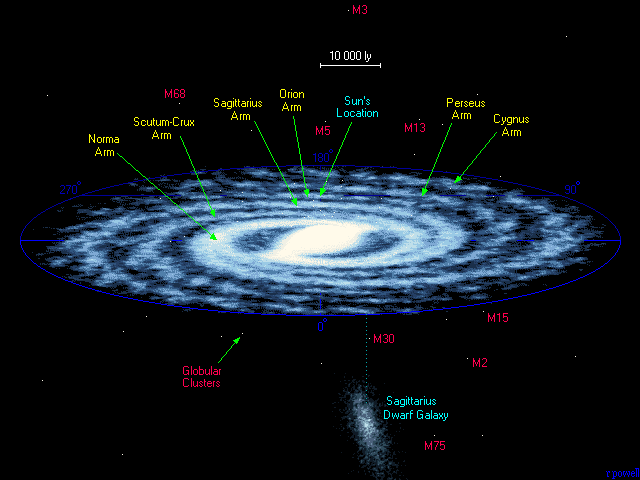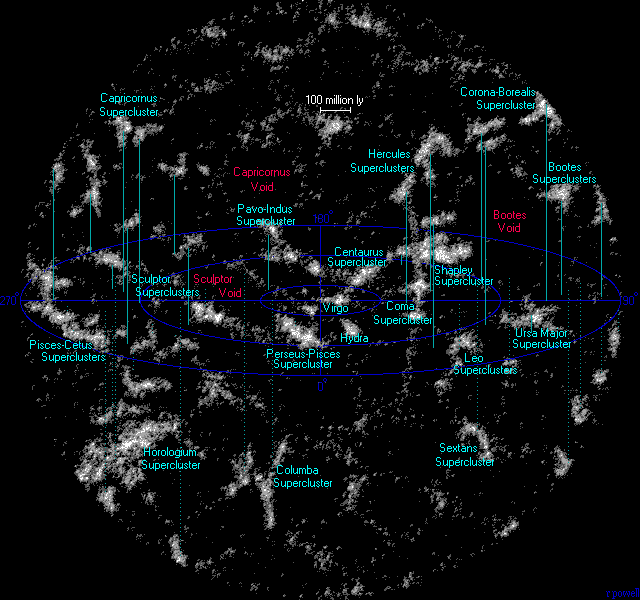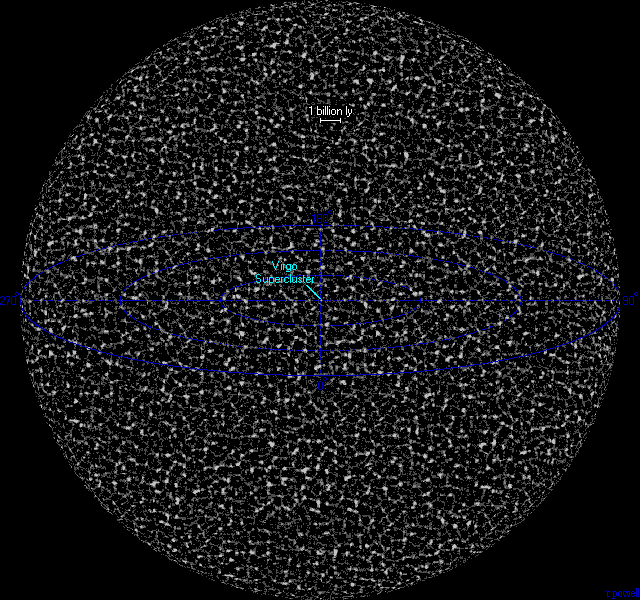Tom, I didn't read all of that yet, but I get the gist.
In fact, I've wondered just how many galaxies have a black hole at the center. Our galaxy has a super-massive one. Hence, the spiral disk.
And I have considered the concept of implosion previously as well.
There's just one problem...
Gravity doesn't just attract. It repels.
For two reasons...
1) Two masses of equal gravity with negate each other's pull.
2) Because most masses are moving and/or spinning, they are prone toward a slingshot effect rather than maintaining a direct pull.
Therefore, the expansion of the universe does not need to be due to an explosion. It could just be a natural interaction of gravity fields, even if only partially.
I also have a difficult time understanding a super-massive black hole because once mass reaches a certain level, the implosion generates an explosion due to the shockwave created by compaction. It's a "bounce back" or echo, if you will. The shockwave deflects off of the core, shattering the mass apart except for the core itself. Technically speaking, this means mass would be lost....but that also means density would increase since the core is densest. But how can a supernova star lose mass if the core's gravity is so strong that even light cannot escape? The escape velocity would need to be greater than light speed.
I believe there are massive holes in our science theories. For instance, based on evidence and on what I said above, the prevailing belief that nothing can travel faster than light MUST BE WRONG. It's either that, or our beliefs about black holes are fundamentally wrong.
For instance, what if a super-massive black hole isn't actually a singularity? What if it is a group of highly dense masses whose gravity offset each other's pull? What if they orbit around each other, creating an even greater gravitational pull on the masses surrounding them?
Furthermore, we know that black holes actually do expel energy and possibly mass in the form of a quasar beam. The beam appears to be expelled from the poles. Therefore, we have evidence that something actually CAN escape the pull of a black hole.
So yes, what you posit is interesting. It highlights the limits of our scientific thinking. Science has a way of getting "stuck in the box".
Wonderful discussion!
Out of order from your quoted post but here's my opinion...
The black hole/white singularity thing is interesting.
As for the gamma jets that have been detected at the poles of a black hole, if a singularity is collecting mass, it has the highest gravity at its equator. I did address this earlier but you might have missed the concept I posted.
The poles of the singularity would be the regions of the least gravitational influence. Look at our own solar system.
There are no planets in the area of the Sun's poles.
I think all stars have polar discharge. All for the same basic reason, the equator has the highest gravitational influence.
On the idea of super massive gravities equalizing, I haven't seen any observations that indicate this. Two equal mass stars can exist in orbit of each other but those dynamics have speed and rotation properties which cause them to stabilize their orbits.
Large mass stars do collide and merge (eventually).
Nobody really knows what is going on inside a black hole.
Your guess is as good as mine or Stephen Hawking's (RIP).
Sagittarius A, at the center of the Milky Way collects all matter in a spiral pattern on an equatorial plane. Stars, planets and dust.
The Milky Way is what is known of as a "Barred Spiral" galaxy.
The 'bar' is the region in the circular spiral where matter directly goes to the black hole. It takes a right angle turn.
As that matter gets closer to the black hole, it speeds up and heats up.
That's what we understand about the 'barred' effect.
At the "Norma" arm, matter is moving so fast it starts to heat up.
The "Orion Arm", where we currently are, will eventually merge with the "Sagittarius Arm" as matter slowly spirals towards the black hole at the center.
As for the 'other' type galaxies in our region, they are gravitationally bound to the Milky Way as they orbit the Milky Way.
Eventually they will be absorbed into our galaxy.
They may or may not contain their own black holes.
Any black holes they might have are of less mass than Sagittarius A.
Andromeda's
black hole is five times more massive than the Milky Way's black hole despite the galaxy being less than five-thousandths the mass of the Milky Way. Some galaxies, however, lack any supermassive black holes in their centers.
When the two galaxies collide, the two black holes will merge into one, they won't bounce off each other.
The collision will cause a shockwave which will push the matter out but the resulting increase in gravity will again cause a spiral descent towards it.
That spiral may be on a different plane entirely. It all depends upon which angle the two collide. The resulting galaxy will again spiral in on the equator. Higher mass would result in a faster spiral at an increased inclination.
Every star has a 'pressure' bubble against the interstellar space.
The matter in the galaxy is spiraling down towards the center.
This means stars are moving.
This 'pressure bubble' is what we call the heliosheath.
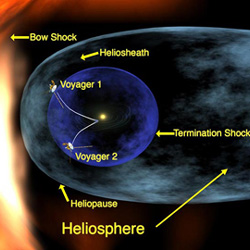
http://www.universetoday.com/wp-content/uploads/2005-0524voyager-sm.jpg
The "Termination Shock" is the inner star bubble.
The "Heliopause" is the outer bubble against interstellar space which is what the star is moving thru.
When the interstellar void and the heliopause encounter each other it results in a "Bow Shock"
The
Heliosphere" is the trailing end of the "Heliosheath".
The fact that it exists in the teardrop shape we observe indicates the movement of the Sun thru interstellar space. A resistance of flow.
If another star of equal mass were to move towards the Sun, the two heliospheres and their termination shock bubbles might prevent the two stars from actually merging, it all depends on the speed and angle of each.
This indicates that the interstellar space beyond the Sun's influence has mass/material that can provide a resistance to movement. Otherwise there would be no teardrop formation.
The Sun also moves up and down in its spiral plane.
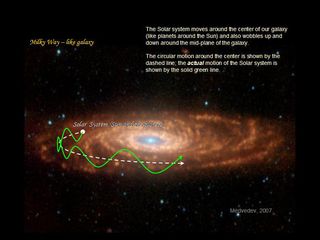
https://cdn.mos.cms.futurecdn.net/enGMithCSvErnMRhANLHfX-320-80.jpg
So it is moving at a constant angle as well as a spiral trajectory.
Any star heading towards the Sun need's more mass than the Sun and sufficient speed to invade all the bubbles.
On a side note; Andromeda and the Milky Way will merge resulting in a movement like two billiards racks of balls being pushed towards each other.
Only the two black holes will actually merge unless galaxies also have 'bubbles'?

https://media1.giphy.com/media/a3NoppTR9LWTe/giphy.gif

